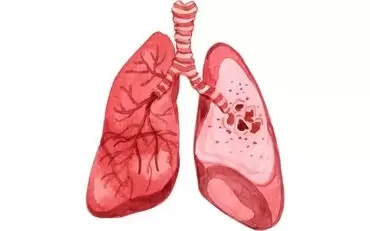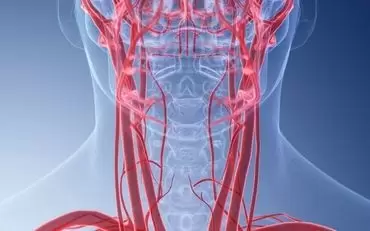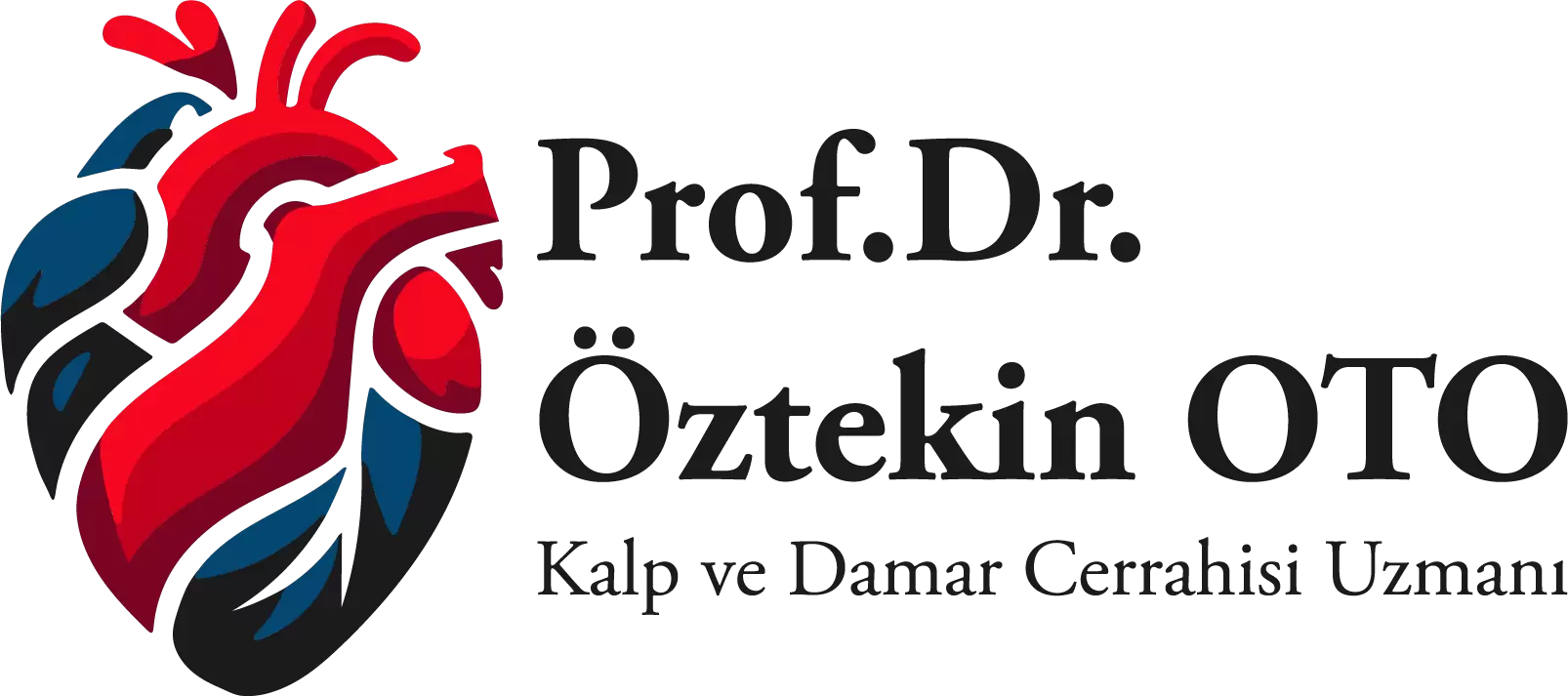16 Oca
Obesity Treatment
OBESITY AND TREATMENT
What is Obesity?
Obesity, or as it is known by the public, “obesity”, is a disease that occurs when excess fat accumulates in the body as a result of many factors, threatens general health (such as the cardiovascular system, respiratory system, hormonal system, digestive system) and causes many important diseases; effective and permanent treatment is required.
How Can Your Weight Status Be Determined?
In order to evaluate the weight status and health risk of adult individuals, Body Mass Index (BMI) and Waist/Hip Ratio (WHR) are calculated. I. Body Mass Index (BMI)
Body Mass Index = Weight (kg) / Height2 (m)
Figure 1: Determining the degree of obesity according to Body Mass Index:
|
For example: |
For a 30 year old adult who is 170 cm and weighs 62 kg:BKİ: 62(kg) / [1,7(m)x 1,7(m)] |
The adult in our example is within normal limits.
Figure 2: Normal values of Body Mass Index by age:
| Body Mass Index | Degree of Obesity |
|
<18,5 |
Weak |
|
18,5 – 24,9 |
Normal |
|
25 – 29,9 |
Slightly fat |
|
30 – 34,9 |
1st degree obese |
|
35 – 39,9 |
Grade 2 obesity |
|
40 - ^ |
Morbidly obese |
You can calculate your lowest, ideal and highest weight by establishing a correct proportion between the Body Mass Index and normal values according to age.
II. Waist/Hip Ratio (WHR)
While standing, the thinnest part of the waist and the widest part of the hip are measured and their ratio to each other (waist/hip) is calculated. Waist circumference is an indicator of abdominal fat.
For waist circumference: It is recommended to be below 102 cm for men and 88 cm for women. Waist/hip ratio: It should be below 0.9 for men and 0.8 for women. Being above these values is a risk factor for heart diseases and non-insulin dependent diabetes.
Causes of Obesity:
Obesity occurs as a result of a long-term energy imbalance. The main reasons for this are:
Overeating (unbalanced nutrition): The most important factor is overeating, as a result of which the total energy intake and expenditure increase in favor of obesity.
Lack of physical activity: Generally, inactive people eat as much as active people. As can be understood from this, the energy balance of inactive people is disrupted.
Psychological disorders: Some people may tend to overeat to cover up their sadness, distress and insecurity. The opposite may also happen. Psychological disorders sometimes cause overeating and sometimes undereating.
Metabolic and hormonal disorders: This type of obesity covers a very small portion of obesity rates in society. As is known, some hormones affect the basal metabolic rate. The slowing of basal metabolism due to hormonal reasons can reduce energy expenditure and cause some of the nutrients taken to be stored. However, these people are generally inactive and their obesity may be due to this reason.
Hereditary factors: Although it is also suggested that obesity is hereditary, it is thought that this situation is due to the family's eating habits rather than a hereditary change. In a study, it was stated that while obesity is 8-9% among children of normal parents, the frequency of obesity in children increases to 40% when one of the parents is obese and to 80% when both parents are obese.
Disorders caused by obesity
Psychological disorders and social incompatibilities: Today, obesity is not welcomed aesthetically, and this situation causes serious psychological problems especially in young people.
Respiratory system: Obesity creates a mechanical load, makes breathing difficult, and increases the amount of carbon dioxide in the blood to a great extent, increasing the tendency to sleep.
Skeletal and muscular system: In the skeletal and muscular system, which is strained under additional weight, flat feet, knee and hip arthrosis (calcification) are more common in obese people, varicose veins and varicose wounds occur easily, and hernias can easily occur as a result of the weakening of the abdominal muscles.
Endocrine and Metabolic Diseases: Diabetes mellitus is the leading disorder in this group. The most important reason for the emergence of type 2 (adult type) diabetes is obesity. Triglyceride levels are high in obese people. Free fatty acids increase. HDL cholesterol (good cholesterol) levels decrease. This trio causes atherosclerosis (hardening of the arteries).
Cardiovascular diseases: Hypertension is common. Hypertension, together with high triglycerides and low HDL, paves the way for atherosclerotic coronary artery disease. Angina pectoris, heart attack and heart failure are more common in obese people, but positive improvements are seen in these diseases as the individual loses weight.
Gallstones and stone complications are more common.
Post-operative complications such as wound infection and stitching are more common.
Excessive subcutaneous fat tissue increases skin infections. Fungal infections in the muscles and feet are common.
Gynecological diseases are also more common, and childbirth is difficult and risky.
They are more exposed to home, work and traffic accidents.
For these reasons, obesity is a disease that shortens life and requires complete treatment.
Obesity (Obesity) Treatment:
The treatment of obesity is primarily aimed at the cause. However, the most important point is not to regain the lost weight and to maintain the ideal weight. Treatment consists of different parts:
Diet treatment
Behavioral treatment
Exercise
Drug treatment
Surgical treatment
In treatment, healthy nutrition methods and a diet suitable for the person and lifestyle changes should be tried first, and drug and surgical treatments should be considered as the last option.
If you have one of the following risk factors;
If there is a risk of heart disease in your family
If you are a man over the age of 45 or a woman after menopause
If you smoke
If you do not do regular physical activity
If you have high blood pressure
If you have high LDL, low HDL, high triglyceride levels
If there is a risk of diabetes in your family
If your BMI is over 25
If you do not want to face health problems for the rest of your life
Your existing health problems
If you don't want it to progress any further
If you want to live a more active life and live in peace with mirrors
IT WILL BE USEFUL TO LOSE WEIGHT...
Related Articles

Laser Treatment of Varices
Laser Varicose Treatment has achieved significant success in recent years with technological advance..
Read More
Lung Surgery
The lungs are a pair of organs located in the thorax and surrounded by the ribs and the diaphragm. L..
Read More
Carotid Artery Disease
Carotid arteries are located on both sides of the neck area. It has a main branch that divides into ..
Read More




